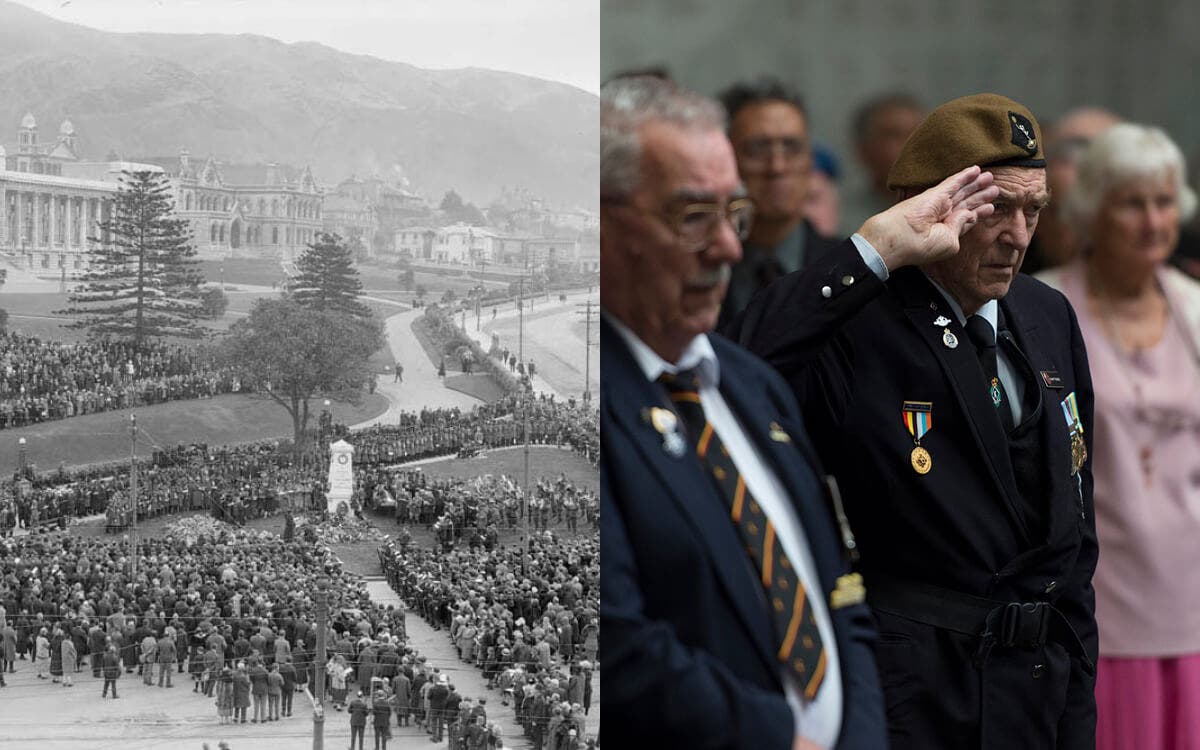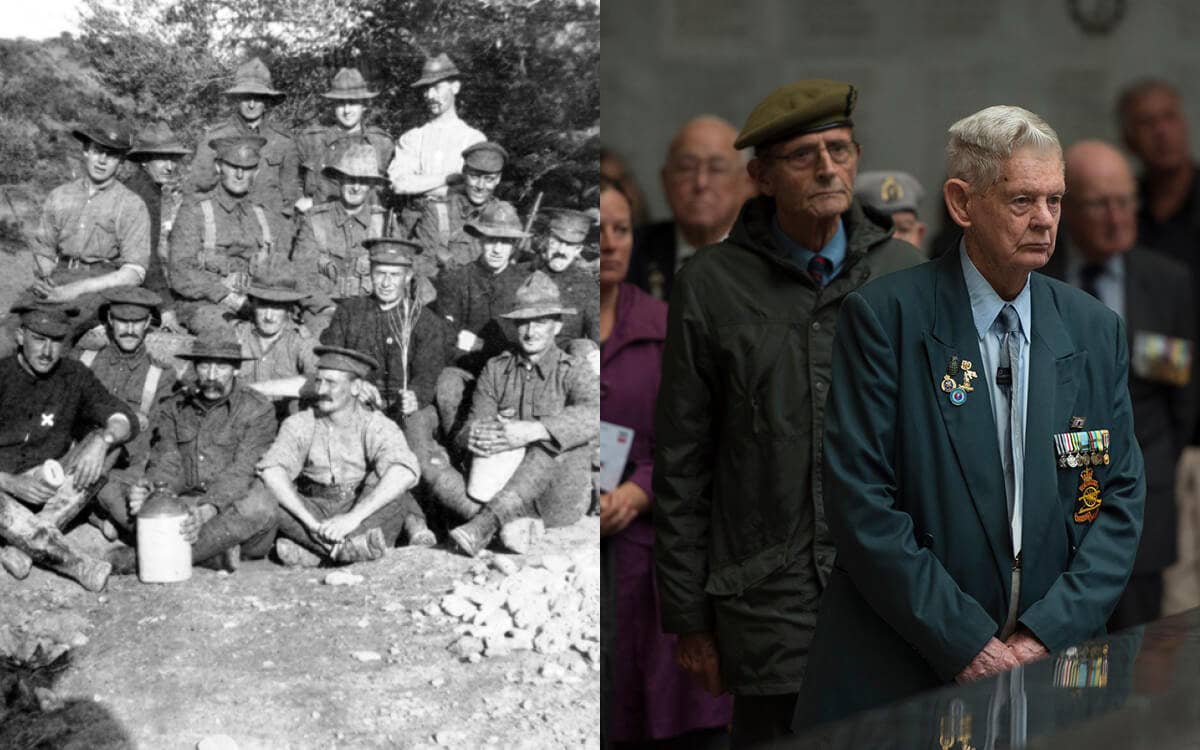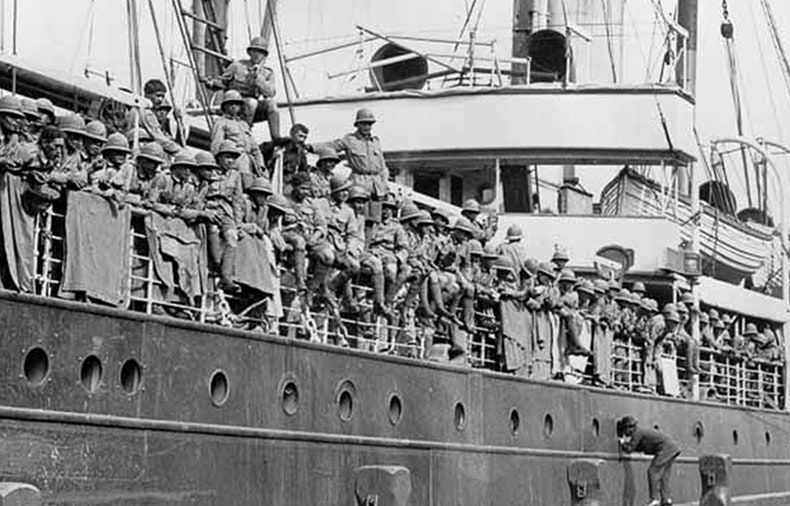As the First World War raged in Western Europe, commanders on both sides poured over charts and maps, searching for a flank away from the neverending meatgrinder of the trenches in France and Belgium.
When the Ottoman Empire entered the fray on the side of the Central Powers in November, 1914, Allied commanders saw an opportunity to break the stalemate. By forcing the Dardanelles Strait in modern day Turkey, they could seize Constantinople, knock the Ottomans from the war, secure a supply line to Russia via the Black Sea and open up a new theatre in which to attack the Central Powers.
After British and French warships failed to force the straits through number alone, 75,000 Allied troops were landed on the Gallipoli peninsula at the base of the Dardanelles. But communication and navigation in 1914 were a far cry from that which we use today, and while British forces stormed the southern end of the peninsula, the Australian and New Zealand Army Corps were stranded several kilometres from their intended target in the north. Instead of flat beach they came ashore in Anzac Cove - essentially a reverse amphitheatre, where the soldiers were towered over by steep ridges swarming with Ottoman forces. Despite gaining an initial foothold, the situation deteriorated into the same trench warfare plaguing the continent. A stalemate quickly developed.
After eight months of extreme weather, food and water shortages, and dysentery, lice and typhoid circulating in crowded trenches crammed with unburied dead, the Turkish still held Gallipoli. Nearly 8,000 New Zealanders had become casualties and 2,779 died, including 50 Māori, along with hundreds of thousands of other nationals.
Though a catastrophic defeat, Gallipoli is remembered as the beginning of a dawning sense of nationhood, a moment that would snowball into an understanding that New Zealand had its own identity, it could be more than just a British dominion.
New Zealand soldiers felt they’d acquitted themselves honourably alongside their bigger cousins — ““physically stronger and more innovative than the Brits, humbler and more sensible than the Aussies”, according to one historian.
But the fact remains, we were the aggressors, and we were repelled - something protesters in later years would use as ammunition in their own battles.
In 1916, as the war raged on, the bodies of Australian and New Zealand troops remained on the peninsula. At home, returning servicemen exhorted the population to volunteer as the spectre of conscription loomed, stressing the importance of Imperial loyalty even in the face of an unparalleled human catastrophe.
But as the war died down and the world mourned, Anzac Day shifted into one of remembrance. By 1920, in response to lobbying by the RSA, the New Zealand government declared April 25 a public holiday, the first of which was celebrated in 1921.
During the late 1920’s the ceremony moved away from an explicitly religious event. Public memorials took the place of church halls, and the dawn parade in its modern form was initiated - taken directly from our Anzac partners across the ditch.
As the saber rattle of widespread conflict sounded in the 1930s, however, the jingoistic nature of Anzac Day returned. Connections between current and former servicemen and women were emphasised and public interest increased considerably. Following the war, Anzac Day became an intergenerational event, with veterans from both conflicts marching together.
In the late 60’s, as civil protest shook the old establishment worldwide, left-wingers from the Progressive Youth Movement in Christchurch laid a wreath during Anzac day celebrations in protest of the Vietnam War. Although they were convicted of disorderly behaviour, and surely painted with a treasonous brush by returning servicemen, a pattern was set nonetheless. Protests would continue to be staged on Anzac Day onwards into the 1980s, for everything from feminism and gay rights to anti-nuclear beatniks.
Of course, the contributions of New Zealand and Australia didn’t end with the failure at Gallipoli, or the brutal conflicts of the Second World War. Our servicemen and women have shed their blood everywhere from Africa to Korea, fighting alongside soldiers of the Commonwealth for king and country. And so, every year, at the going down of the sun and in the morning, we remember them all.

